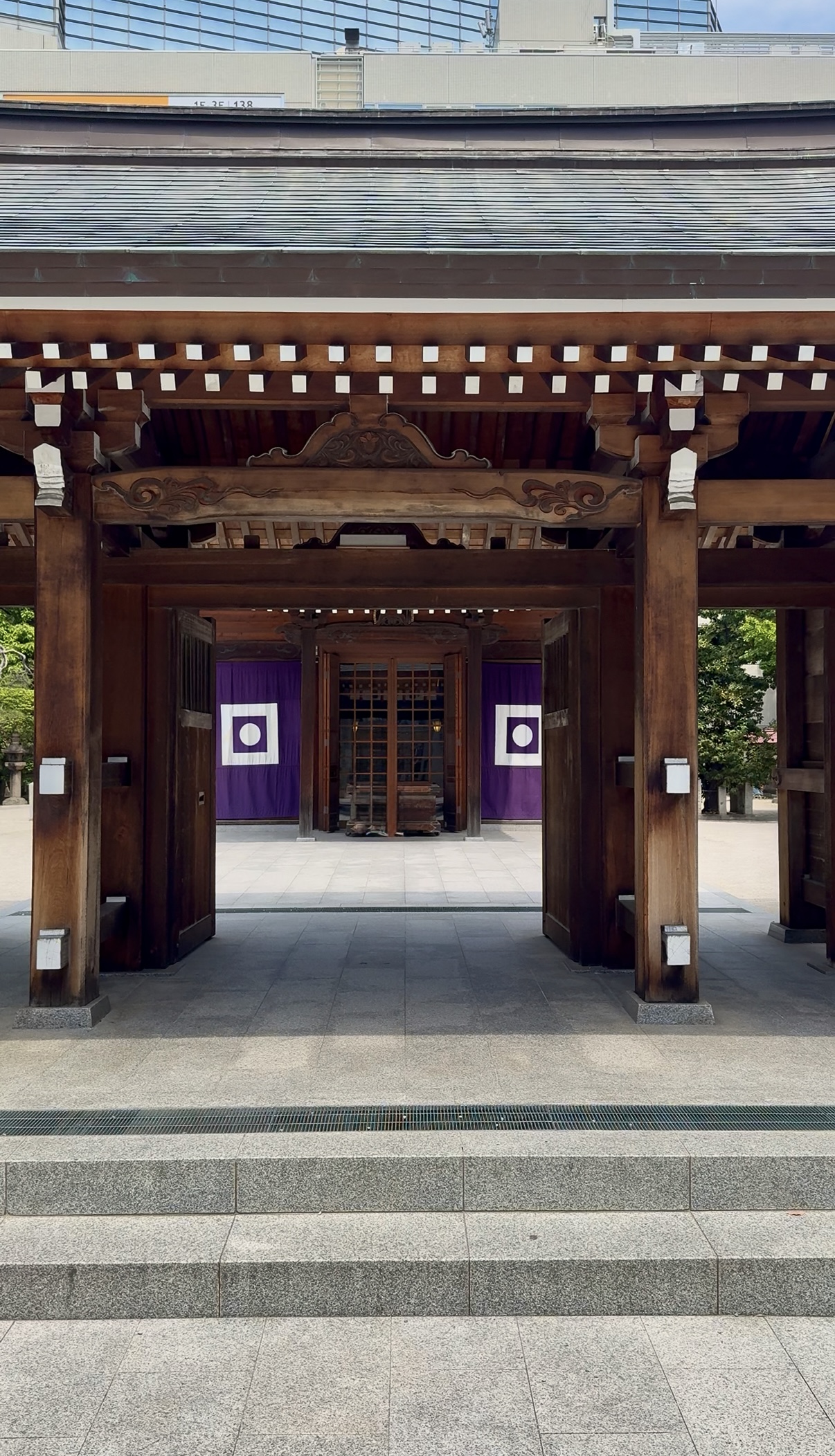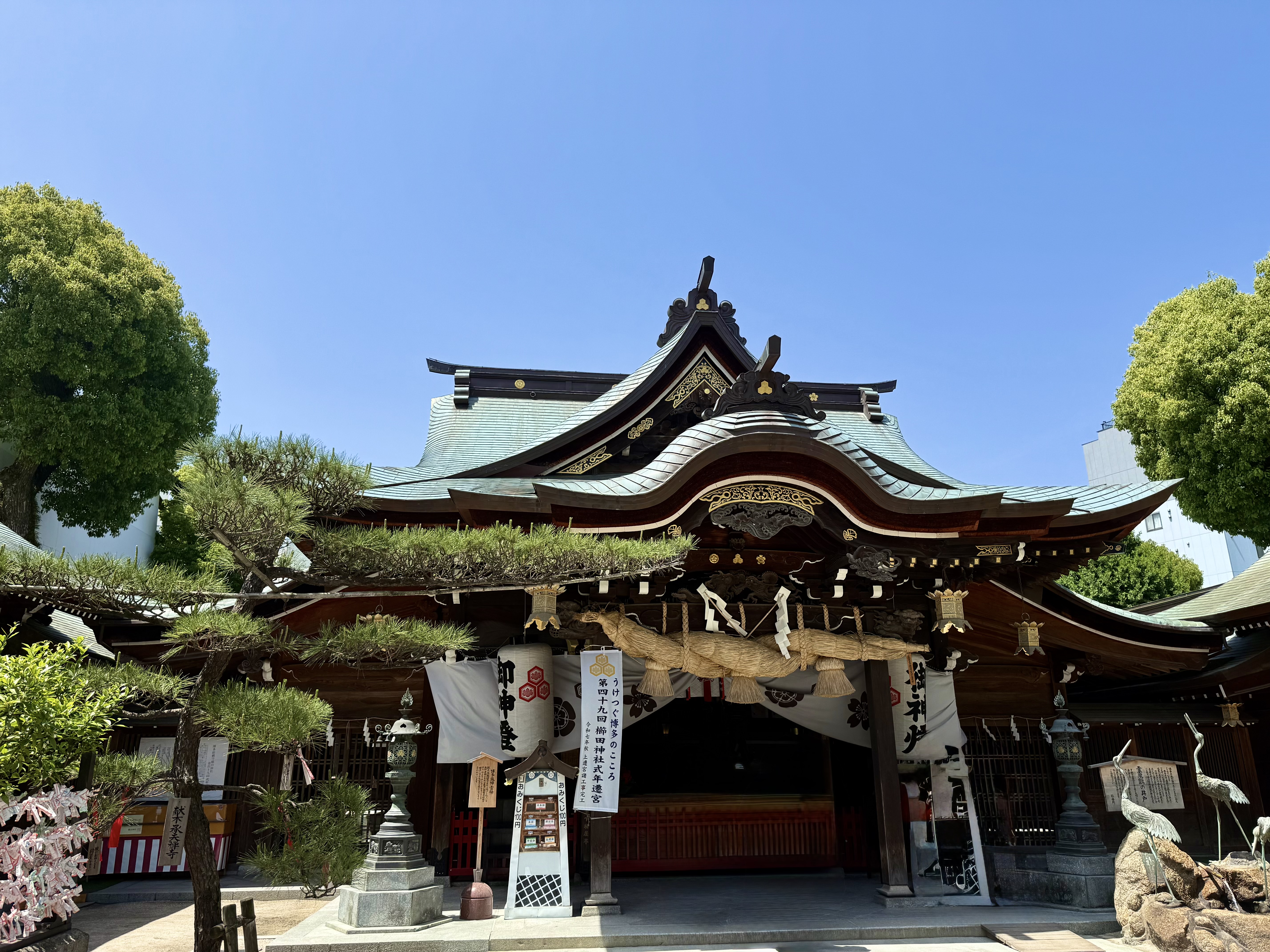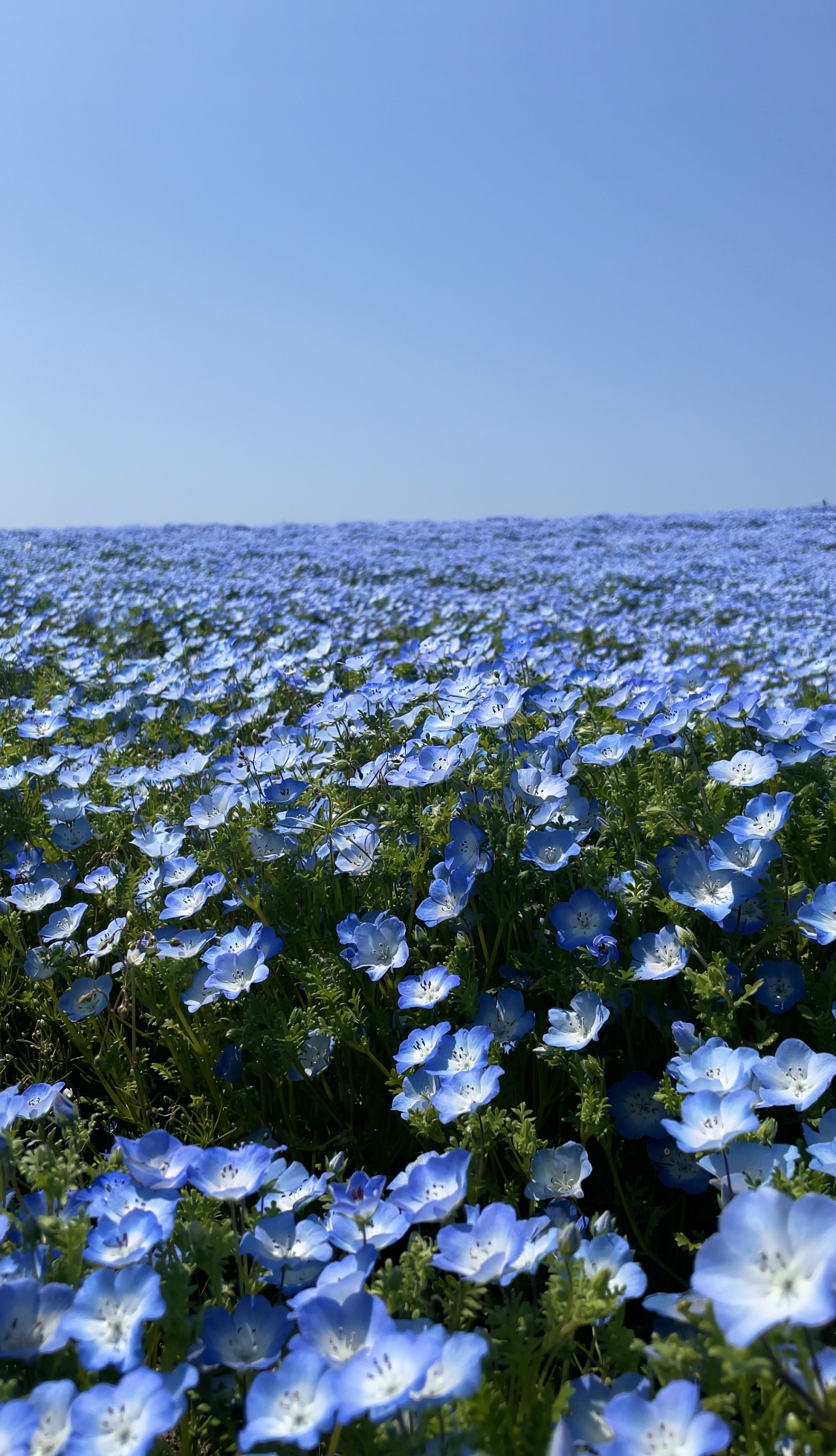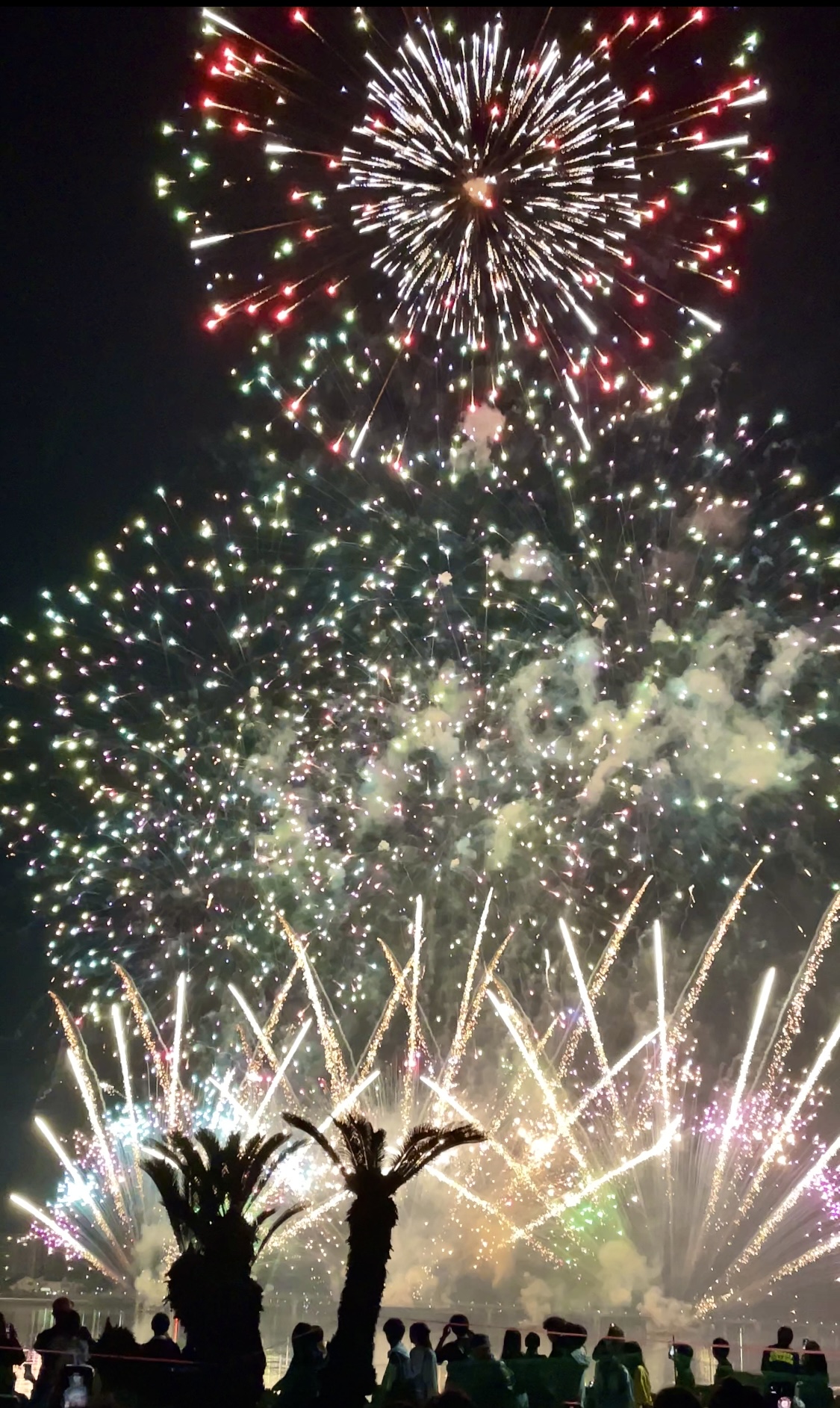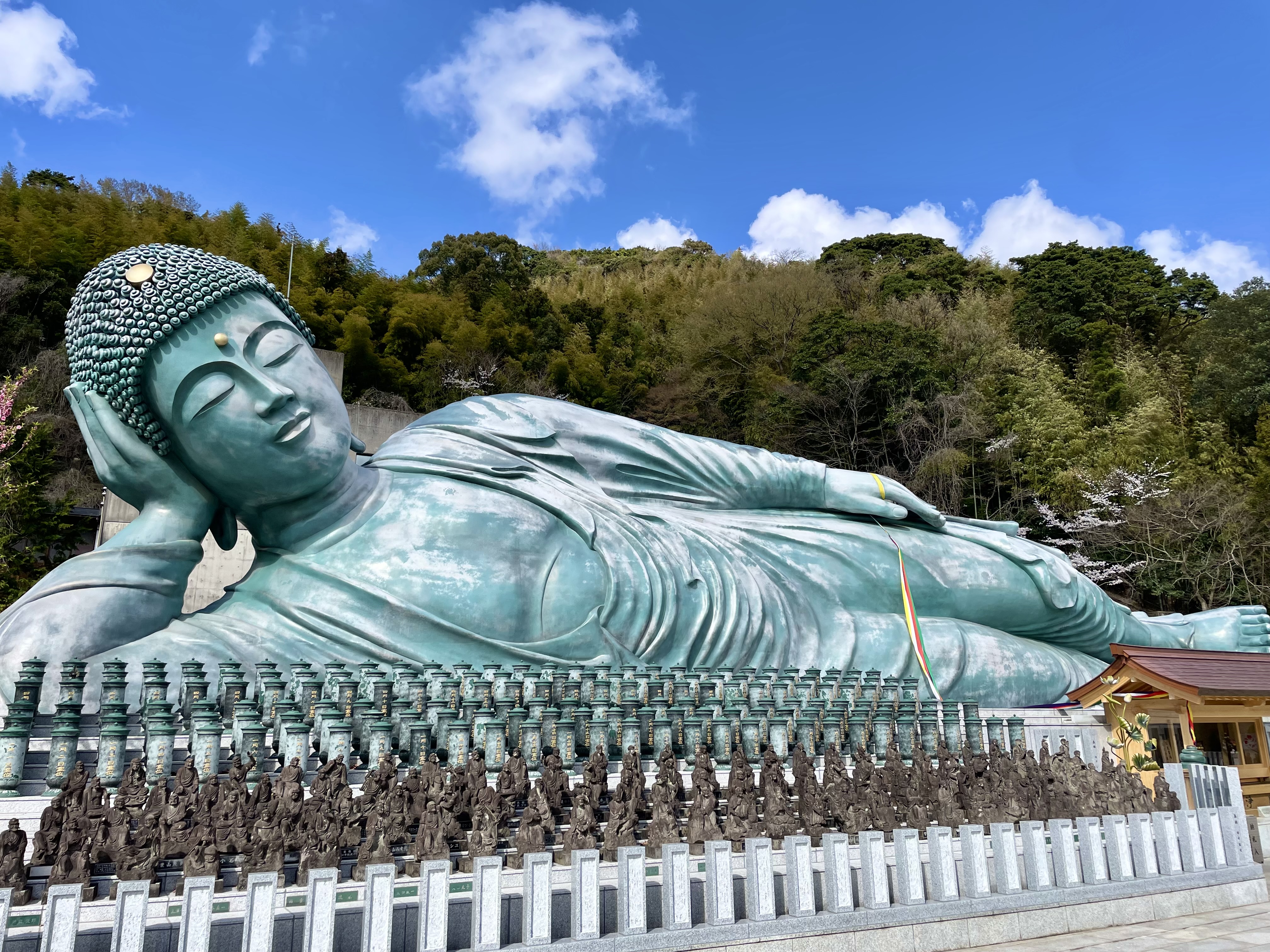Dazaifu Tenmangu: A Spiritual Journey Through History and Culture
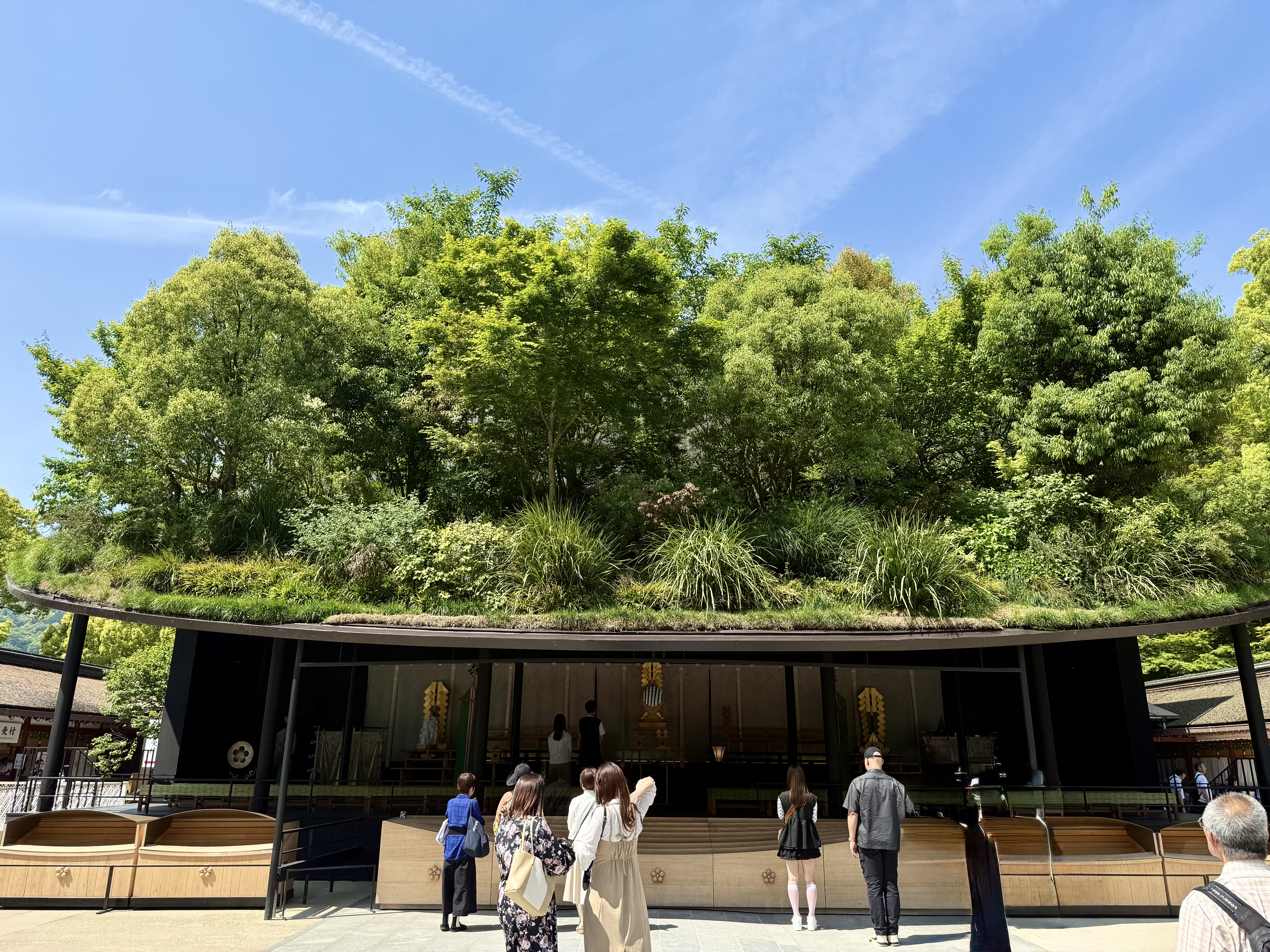
📍 Location: 4-7-1 Saifu, Dazaifu, Fukuoka
🕒 Opening Hours: 6:30 AM–7:00 PM
👟 Access: Around 7 minute walk from Dazaifu Station
Why is Dazaifu Tenmangu a must-visit shrine in Japan?
Around 30 minutes from downtown Fukuoka, Dazaifu Tenmangu is not just a shrine—it’s a portal into Japan’s cultural soul. Whether you’re fascinated by history, seeking good luck for your studies, or simply want to admire breathtaking architecture surrounded by nature, this sacred site offers an unforgettable experience.
Let’s explore why millions of visitors from around the world are drawn to this 1,100-year-old spiritual landmark.
A Shrine Steeped in Legend: The History of Dazaifu Tenmangu
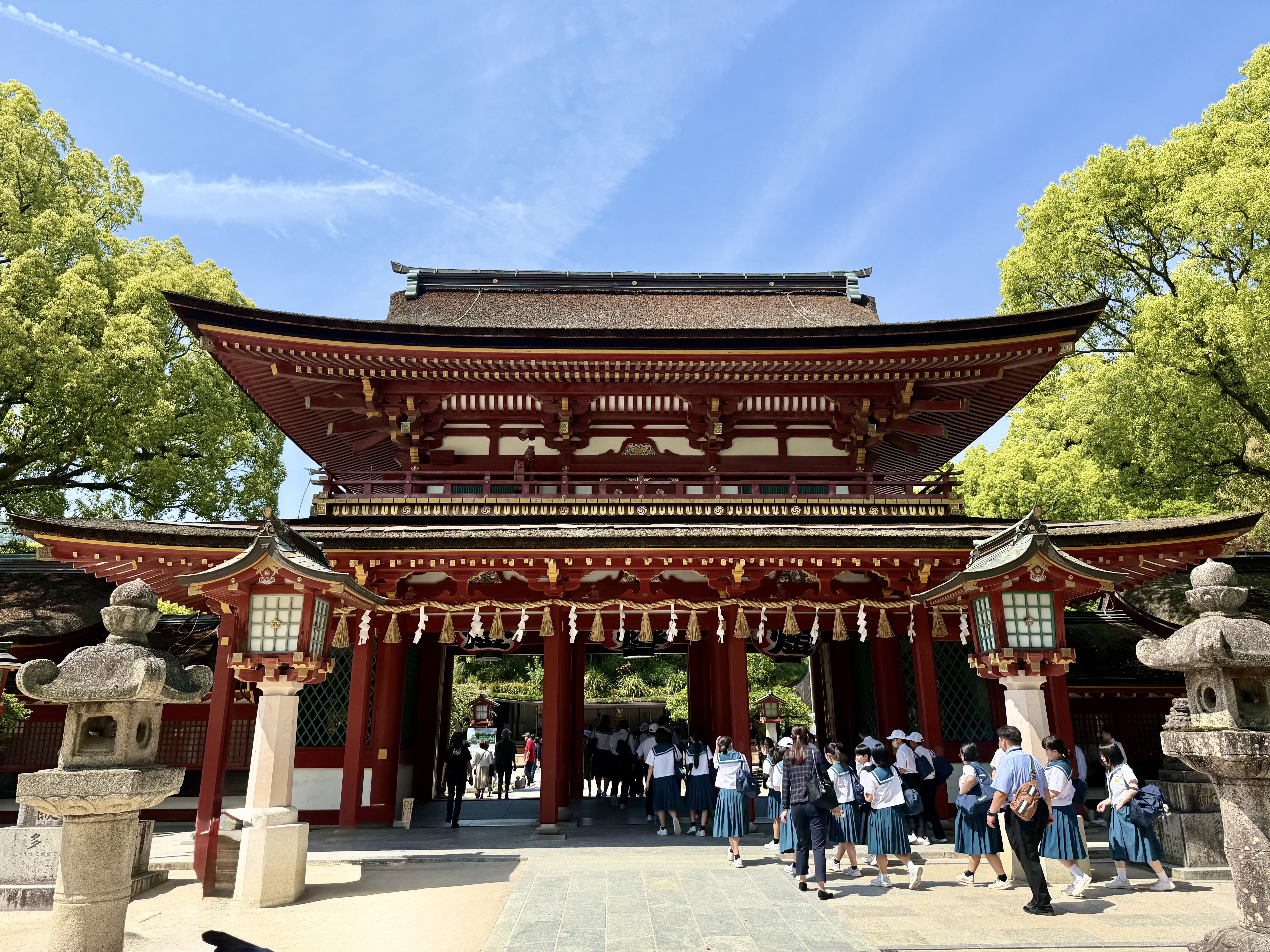
Dazaifu Tenmangu was founded in 919 AD to enshrine Sugawara no Michizane, a brilliant scholar, poet, and politician of the Heian period who was later deified as the god of learning (Tenjin). After his political downfall and exile to Dazaifu, legends of miraculous events and natural disasters led people to believe he had become a powerful spirit. To appease his soul, a shrine was built at the site of his grave.
Today, the shrine is one of the most important Tenmangu shrines in Japan and attracts students praying for academic success.
Highlights You Can’t Miss at Dazaifu Tenmangu
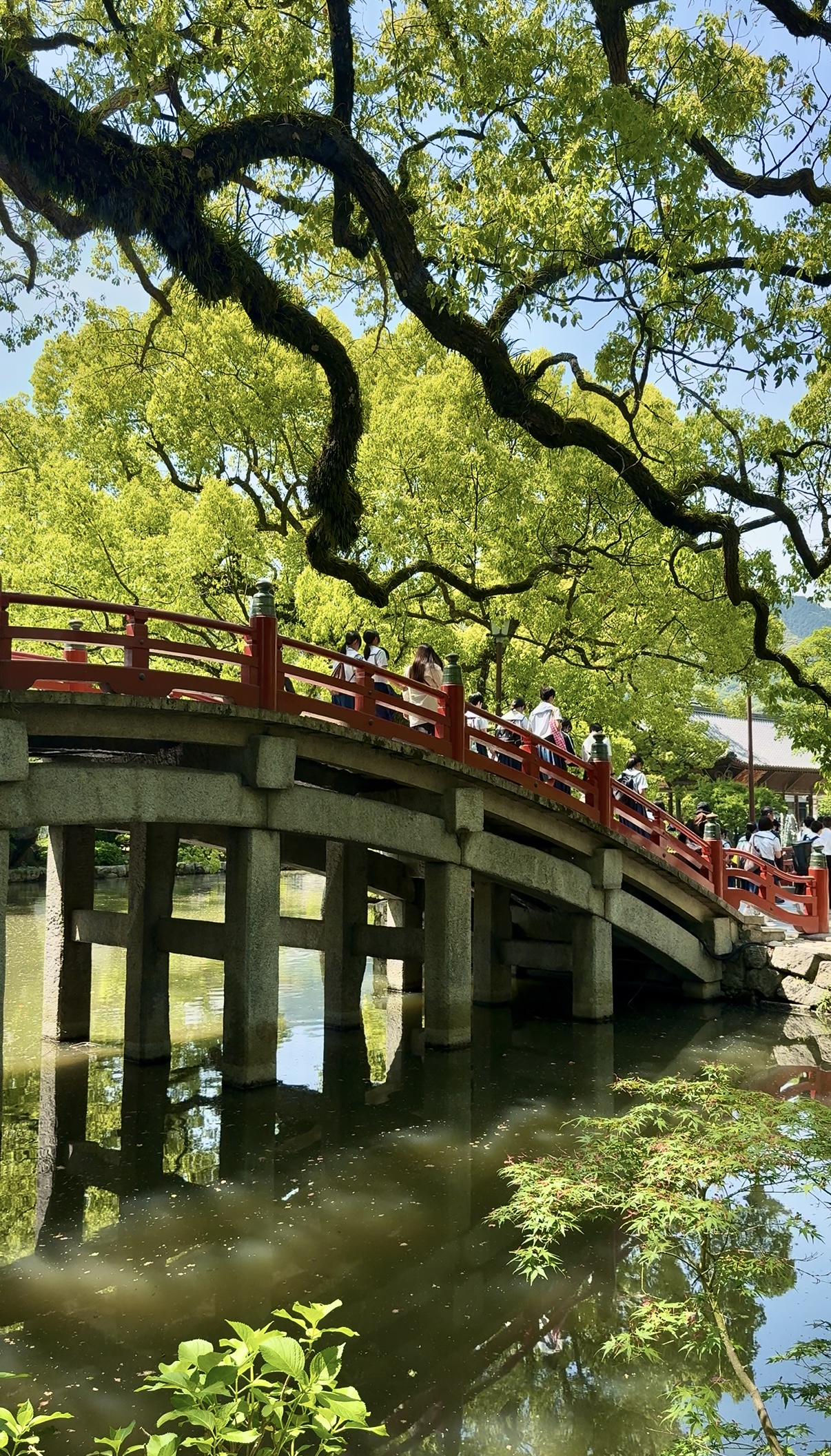
❖ The Majestic Honden (Main Shrine Building)
The current shrine building was reconstructed in 1591, featuring elegant curved roofs, intricate woodwork, and vermilion hues typical of Shinto architecture. The honden is a designated Important Cultural Property, reflecting centuries of craftsmanship.
The main shrine is undergoing renovation from 2023 to around 2026 for a major festival, and the beautiful main shrine, with its lush green roof, can only be seen now.
❖ Over 6,000 Plum Trees (Ume)
Plum blossoms are deeply associated with Sugawara no Michizane, who loved them in poetry. Every spring, Dazaifu bursts into a sea of white and pink plum blossoms, with over 6,000 trees in bloom. One famous tree, the “Flying Plum Tree” (Tobi-ume), is said to have flown from Kyoto to be near Michizane’s grave.
❖ Stroll the Symbolic Bridge
Crossing the three-arched bridge over a serene pond is more than picturesque—it symbolizes crossing from the past to the present and into the future. It’s a metaphor for spiritual renewal and purification.
❖ Kyushu National Museum
Located just behind the shrine, this modern museum displays art and artifacts that trace the cultural exchange between Japan and other parts of Asia. A perfect complement to your shrine visit.
Unique Charms for Modern Visitors
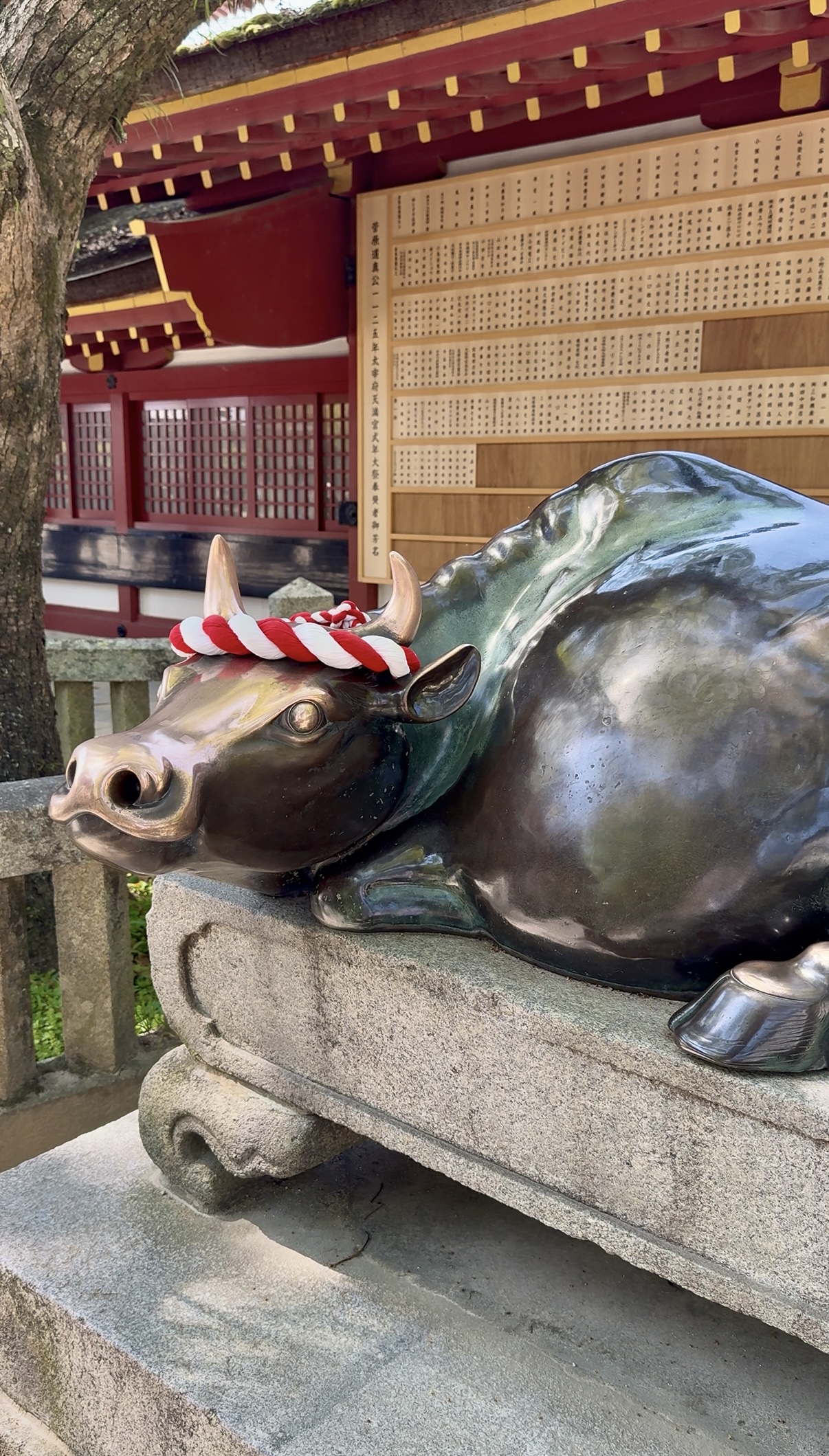
- Academic Amulets: Visitors can purchase omamori charms for success in exams. Perfect if you’re a student—or know one!
- Seasonal Festivals: Major events like the New Year’s celebration, Ume Matsuri (Plum Festival), and summer Tanabata festivities draw large crowds.
- Street Food & Souvenirs: On your way to the shrine, explore a lively approach lined with stores selling ume-flavored treats, matcha ice cream, and traditional crafts.
A Spiritual, Cultural, and Sensory Journey Awaits
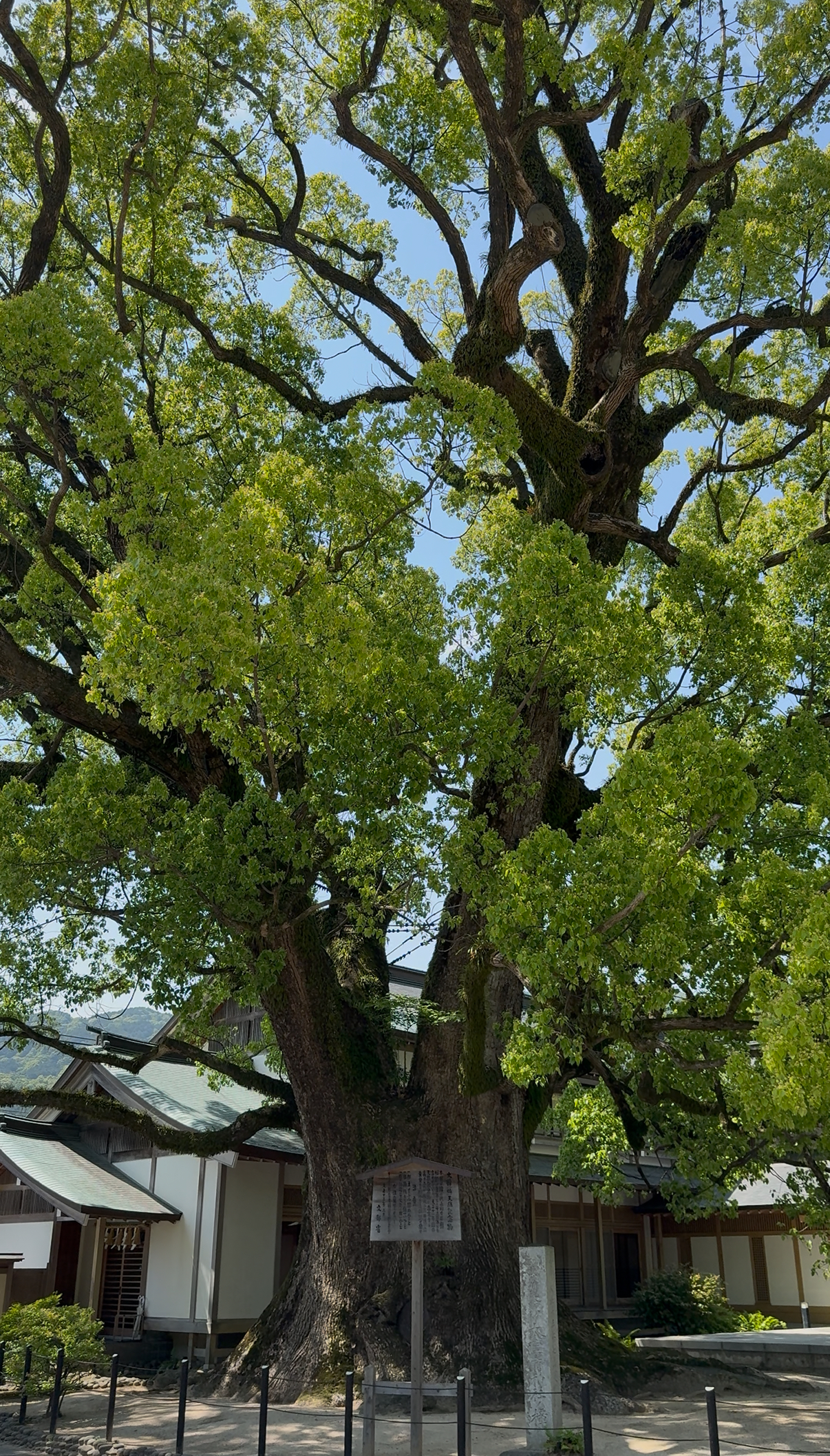
Whether you’re a history buff, nature lover, or just seeking a peaceful escape, Dazaifu Tenmangu has something magical to offer. Its fusion of rich heritage, tranquil beauty, and welcoming energy makes it one of the top cultural destinations in Kyushu. It’s a place where ancient tradition and modern curiosity harmonize.
So next time you’re in Fukuoka, don’t just pass through—make a pilgrimage to Dazaifu and let Japan’s timeless spirit leave its mark on you.


